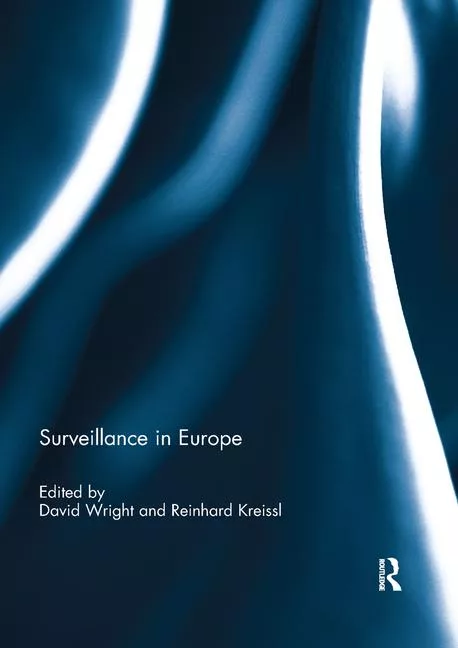Six Common Mistakes in Day to Night Surveillance
While there are hundreds of articles, product descriptions and manufacturer specifications on what makes a “true” day/night surveillance camera, there may be a misunderstanding of how to design them into today’s networked surveillance systems. On the surface the industry has a very good understanding of the many camera specification requirements that make up today’s day/night cameras. However, what is needed in the night-networked surveillance industry is the same level of understanding in designing the day-networked camera operations. The current system design strategy is the result of not understanding the implications of larger resolutions, encoded with H.264, and scaled into very large deployments with unlimited storage capabilities. In addition, there are now advancing imager/sensor technologies that are able to record in color in very low light. All of this may lead to a failure of design strategies and tools, which may or may not have kept pace with the innovation and the multiplying effects of combining these together.
Here are six common mistakes that are made with the design of and how you can avoid them.
1. Mega Night Pixel Problems
When all the industry had for camera resolutions were NTSC or PAL standards, the differences in storage between day and night was very small. However, the image sizes of today’s megapixel camera resolutions are creating images much larger than the CCTV NTSC/PAL standards and, thus, the differences between day and night operations become much larger. With so many additional pixels, night sensitivity is an issue with multi-megapixel cameras. Many times these new resolutions perform poorly during the night, creating false video motion recording events of massively large file sizes. This creates huge differences in the amount of video being recorded between day and night operations, and the night storage performance problems and capacity planning challenges occur when these two factors are not calculated separately from the daytime surveillance design.
2. Day/Night H.264 Strategies
The many benefits that H.264 brought to the surveillance market have not been realized in night operations. That is because during night operations when the imager gets “noisy” the average image sizes go way up toward what you would expect from an MPEG4 or, in some instances, as bad as MJPEG sizes. All of this creates higher bandwidth, more motion detection-based recording and increased storage.
3. Larger Deployments = Larger Design Mistakes
During the last five years, the average camera count per site deployment has been rising, well above the typical 16. This is a direct result of the network-based technologies that today’s video management software is designed to enable. The challenge this poses is when larger systems are not designed correctly for night operations, larger systems will have larger mistakes.
4. Unlimited Storage of Night Surveillance
During the CCTV era, DVRs had limited recording capabilities, which could be viewed now as a benefit when trying to limit storage design mistakes: Storage was based on every 16-camera DVR. The hard disks being utilized were small compared to today’s multi-terabyte capacities being offered. Increases in capacities and lower cost per terabyte have largely been seen as a benefit to the market. The downside is the market has seen the proliferation of an “over- building” of storage systems and thus, perhaps, not much motivation to improve design strategies.
5. Advanced Imagers Complicate Basic Design Requirements
The interesting impact of the technical advances of new imagers and sensors being able to view in color during night operations has lead to confusion as to the original objective of a surveillance system. What used to be a very clear purpose of either detection or identification has now been complicated with color. While these technologies improve image usability, the system design costs are not so clearly understood.
6. Compounding Effects
Day/night camera operations have developed into a new critical area of design because of all the new network camera technologies combined with new video management system capabilities; the industry is challenged with compounding technology effects. When considered separately, all of the above technical advances are truly better than the past. However, what remains a challenge is how well the system design tools are dealing with nighttime surveillance operations.
So what is the solution? One solution is the use of thermal cameras, which can be used to accompany visible light cameras to handle the night requirement. It is true that megapixel visible camera have poor light sensitivity, therefore they should not be used in that application. Thermal cameras can solve several night imaging requirements for pro-active detection applications, as they use far less bandwidth than megapixel cameras, especially when the megapixel units also get noisy. Thermal cameras also can be used to cover much more area than visible light or IR illuminated cameras at night.
This article was previously published in the print magazine as "Twists and Turns of Day to Night."
Looking for a reprint of this article?
From high-res PDFs to custom plaques, order your copy today!





